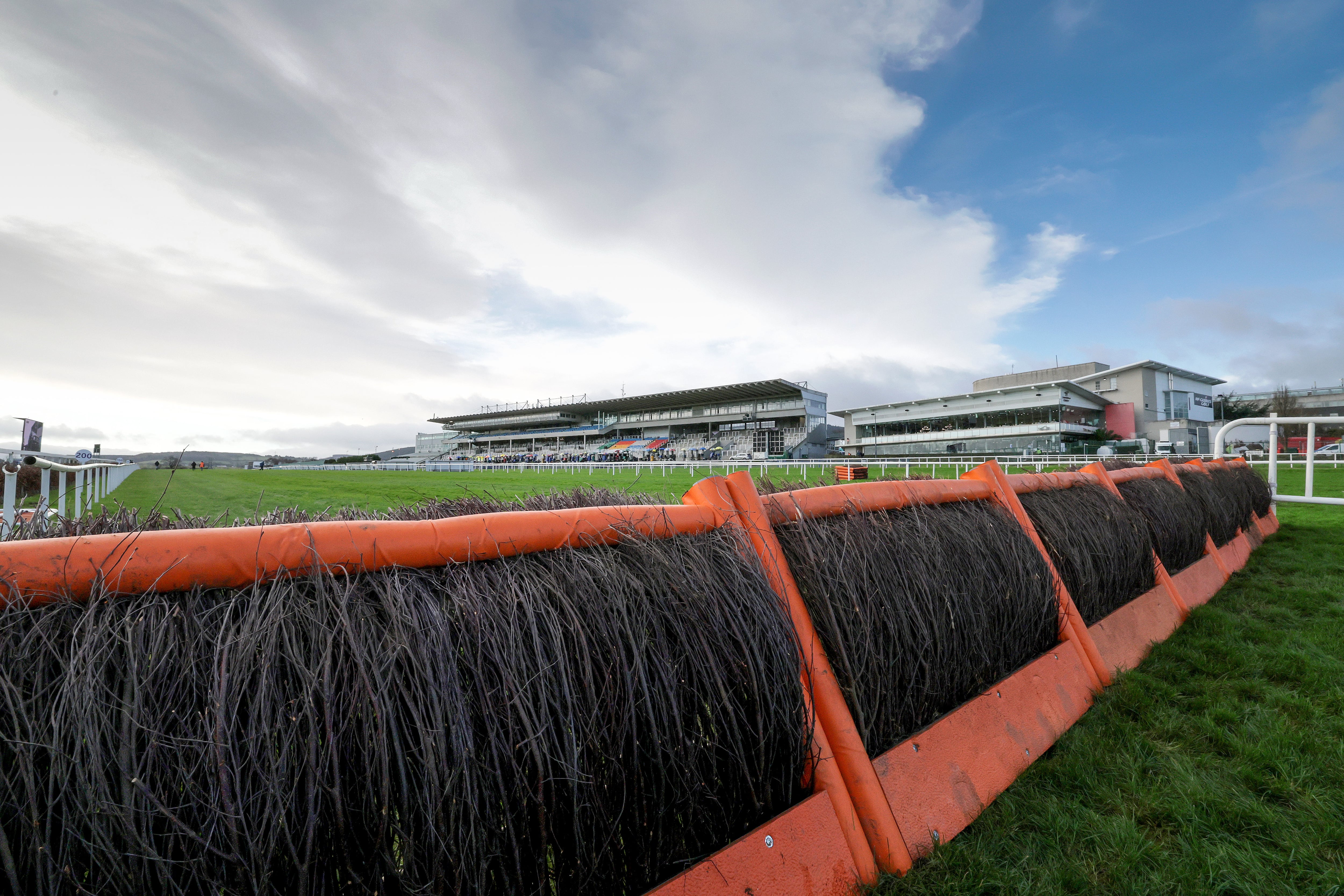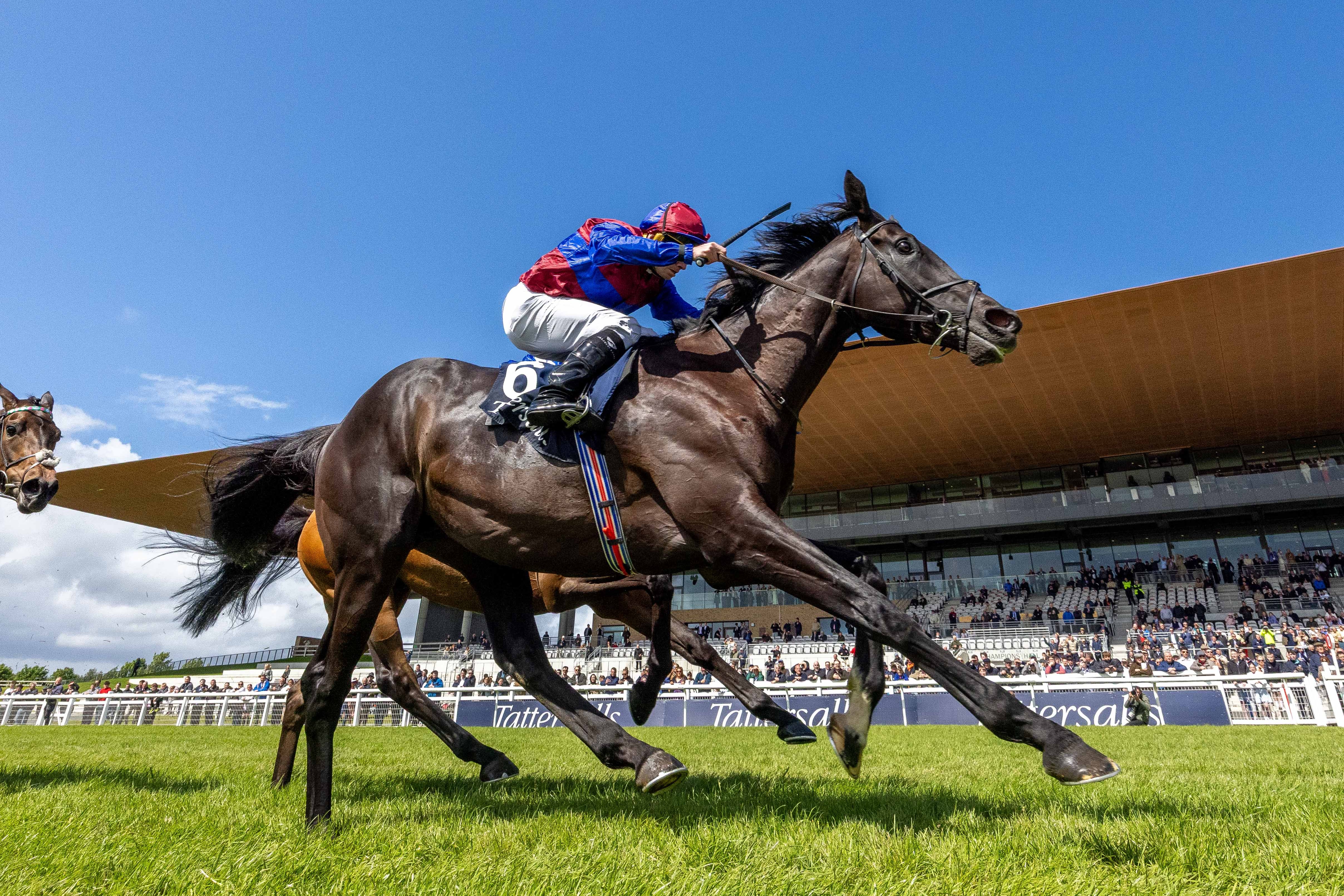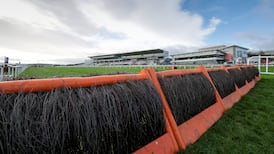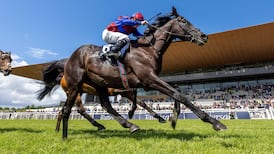Time was when talk of ‘optics’ in Irish racing was confined to measuring pub spirits. But now it’s the word du jour, part of the sport’s belated recognition that the face it presents to the world matters.
It was underlined recently by the 10-month license suspension handed out to John ‘Shark’ Hanlon by the Irish Horseracing Regulatory Board after one of the game’s most high-profile characters was judged to have behaved in a manner “injurious to the reputation of the sport”.
Parsed down, a wayward piece of tarpaulin did for the King George-winning trainer. While towing a trailer with a dead racehorse in it, said ‘tarp’ blew off to leave the carcass visible as Hanlon’s readily identifiable horsebox went through Paulstown village in Co Kilkenny.
It was his misfortune that someone following him filmed and uploaded the admittedly bizarre scene. Hanlon ended up shopped for likes. There was no welfare issue. He was taking the carcass to a knackery as he was required to do. But coming shortly after the RTÉ Investigates programme, it was a clear optical own goal.
READ MORE
Hanlon isn’t everyone’s cup of tea, although when the IHRB referrals panel handed out their decision they made a point of saying he had no record of “relevant” rule breaches.
His “obfuscation and inconsistency” in accounts initially given to investigators before admissions made on the morning of the referrals’ hearing probably didn’t endear him to the panel.
But a 10-month suspension for essentially a matter of appearances rather than substantial wrongdoing inevitably had many up in arms. The ‘O’ word got spat out contemptuously by those who’d have us believe the world has gone mad.
There’s little doubt that, before the infamous image of Gordon Elliott sitting on a dead horse, Hanlon’s contretemps would have been treated as a minor faux pas, maybe even in the same indulgent terms as when the trainer used social media himself by taking his stable star Hewick into a local pub for a pint.
It’s a very different reality now. Animal-based sports are in the firing line from those eager to believe the worst of them and desperate to convince a vast middle ground of public opinion that horses are being cruelly exploited. That does make how things look of vital importance.
When so many make up their minds on first impressions, being forced to argue for substantive context means the argument is all but lost anyway. It is as the world is now, advanced if not necessarily improved as a result.
The Hanlon verdict is more evidence of that it and also recognition by the IHRB that a sport heavily subsidised by State money can’t afford to pretend any more it exists in its own self-absorbed airtight incubator. Public perception of it matters, across the board.
So, on the eve of this weekend’s Champions Festival, Irish flat racing’s shop-window event of the year, it’s hardly an auspicious look to have Sunday’s Irish St Leger once again run under the Comer Group International banner.
Sponsorship works on association and the €600,000 Leger is bracketed with a hugely successful firm cofounded by the billionaire businessman Luke Comer who in July began a three-year suspension of his license to train racehorses after the most extensive doping scandal in Irish racing history.
Not only that, but a fortnight ago, Comer’s son, Luke W Comer, reportedly a Group director, had his own training license suspended for a year by the IHRB. That was for reputational damage to the sport following the discovery of decomposed horse carcasses on his property in 2021.
It doesn’t do to get too squeamish about this. After all, the sponsorship is technically from a corporate entity rather than any one individual. Comer Snr is also still entitled to receive any race trophy as an owner and is able to put his firm’s financial support behind anything he likes.
He has claimed to have put €8 million into sports sponsorships in Ireland over the last five years. That racing gets a slice of that is significant at a time when sponsorship from companies that aren’t either gambling firms or direct industry stakeholders is getting more and more rare. The days of blue-chip sponsors such as Lexus or Budweiser are long gone.
The Comers are in racing, but the Comer Group is recognisable outside the sport as one of Europe’s biggest property firms. They have backed the Leger since 2014 when it became one of the feature races of the new Irish Champions Weekend format. Ordinarily that’s a link to be coveted and cultivated.
But if optics really are where it’s at, how injurious is it to racing’s image that one of the major races at the biggest flat fixture of the year is sponsored by a firm linked to figures so recently in regulatory hot water over matters far more substantial than a loose piece of canvas. It’s not necessary to be any kind of prig to wonder if a certain consistency is lacking.
SOMETHING FOR THE WEEKEND: With Auguste Rodin’s performances so uneven, if the rapidly progressive Economics lives up to his reputation, he should be hard to beat in tomorrow’s Champion Stakes at Leopardstown. The unexposed SUMIHA (4.00) could be a better betting proposition though in the following Group Three.
The Doncaster St Leger’s prestige is a pale shadow of its former self, but it could still provide trainer Owen Burrows with a first classic. DEIRA MILE (3.40) looks too big a price for a horse that overcame trouble in running to finish fourth in the Derby.
















